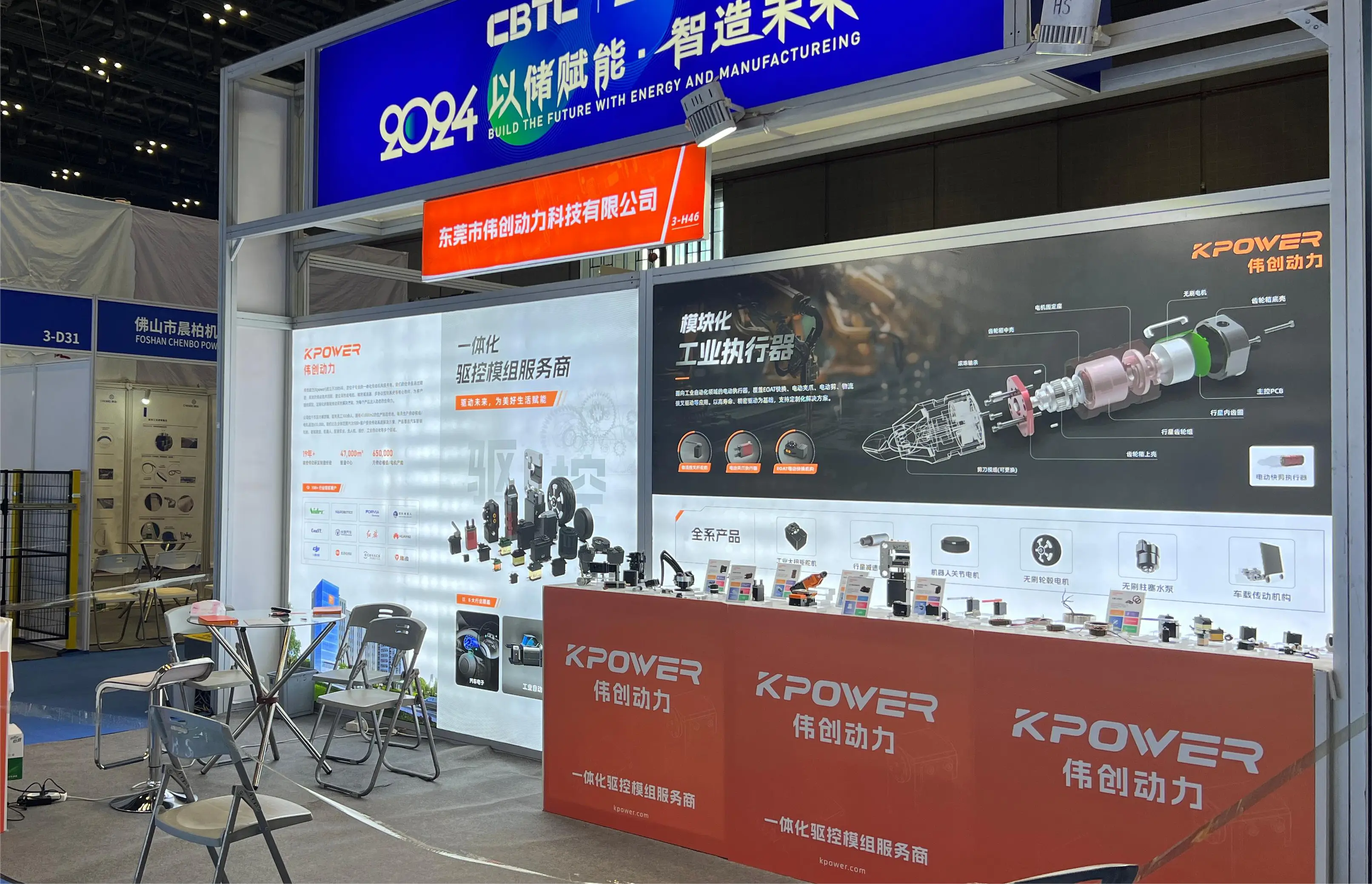Unlocking the Power of Servo Motors: Your Gateway to Precise Motion Control
In a world increasingly driven by automation, robotics, and smart devices, servo motors stand out as one of the most versatile and essential components powering these innovations. Whether you're an aspiring robot builder, a hobbyist, or a seasoned engineer, understanding how to control a servo motor opens doors to creating precise, responsive, and intelligent systems.

What Is a Servo Motor?
Before diving into control methods, it's useful to understand what a servo motor actually is. In essence, a servo motor is a rotary actuator that allows for precise control of angular position. Unlike simple DC motors that rotate freely, servo motors are equipped with built-in feedback systems—often a potentiometer—that continuously monitor the position of the motor shaft and adjust power accordingly. This feedback loop means you can specify an exact position for the motor to reach, and it will work tirelessly to get there.
Typical servo motors are compact, capable of high torque, and are used in applications like robotic arms, camera gimbals, remote-controlled vehicles, and industrial automation. They usually come with three wires: power (typically 5V or 6V), ground, and signal.
The Heart of Control: PWM Signals
Controlling a servo motor primarily hinges on pulse width modulation (PWM). This method involves sending electrical signals at a fixed frequency but varying the pulse durations to relay positional commands. For instance, a common standard for hobby servo motors involves a PWM signal with a period of 20 milliseconds, where the pulse width varies between 1 and 2 milliseconds:
1 ms pulse: set the servo to 0 degrees (minimum position) 1.5 ms pulse: set the servo to 90 degrees (middle position) 2 ms pulse: set the servo to 180 degrees (maximum position)
By adjusting the width of this pulse, the servo's internal controller adjusts the motor to the desired position.
Setting the Stage for Control: Hardware Essentials
To effectively control a servo motor, you'll need some basic components:
Microcontroller: Devices like Arduino, Raspberry Pi, or ESP32 are popular choices due to their ease of programming and extensive community support. Servo Motor: Select based on your project needs—size, torque, and rotation range. Power Supply: Ensure your power source can handle the current draw of your servo, especially if you're running multiple units. Connecting Wires and Breadboard: For neatly establishing connections and testing. Optional Sensors: Encoders, potentiometers, or other sensors can expand control capabilities, especially for closed-loop systems.
The Basic Wiring
In a typical setup, connecting a servo to an Arduino looks like this:
The servo's power wire (red) connected to 5V or 6V on Arduino The ground wire (black or brown) connected to GND The control signal wire (yellow, orange, or white) connected to a PWM-capable digital pin
Always double-check your servo's voltage requirements to avoid damaging your components.
First Steps — Basic Programming
Getting your servo to move is often the very first step. Using Arduino's Servo library simplifies programming. Here's a simple sketch:
#include Servo myServo; void setup() { myServo.attach(9); // Attach servo on pin 9 } void loop() { myServo.write(0); // Move to 0 degrees delay(1000); // Wait for a second myServo.write(90); // Move to 90 degrees delay(1000); myServo.write(180); // Move to 180 degrees delay(1000); }
This code will cycle the servo between 0°, 90°, and 180°. It's simple but lays the foundation for more advanced control.
Stay tuned for Part 2, where we'll explore sophisticated control algorithms like PID, handling multiple servos, troubleshooting common issues, and integrating sensors to create intelligent systems that respond seamlessly to their environment.
Established in 2005, Kpower has been dedicated to a professional compact motion unit manufacturer, headquartered in Dongguan, Guangdong Province, China.




































